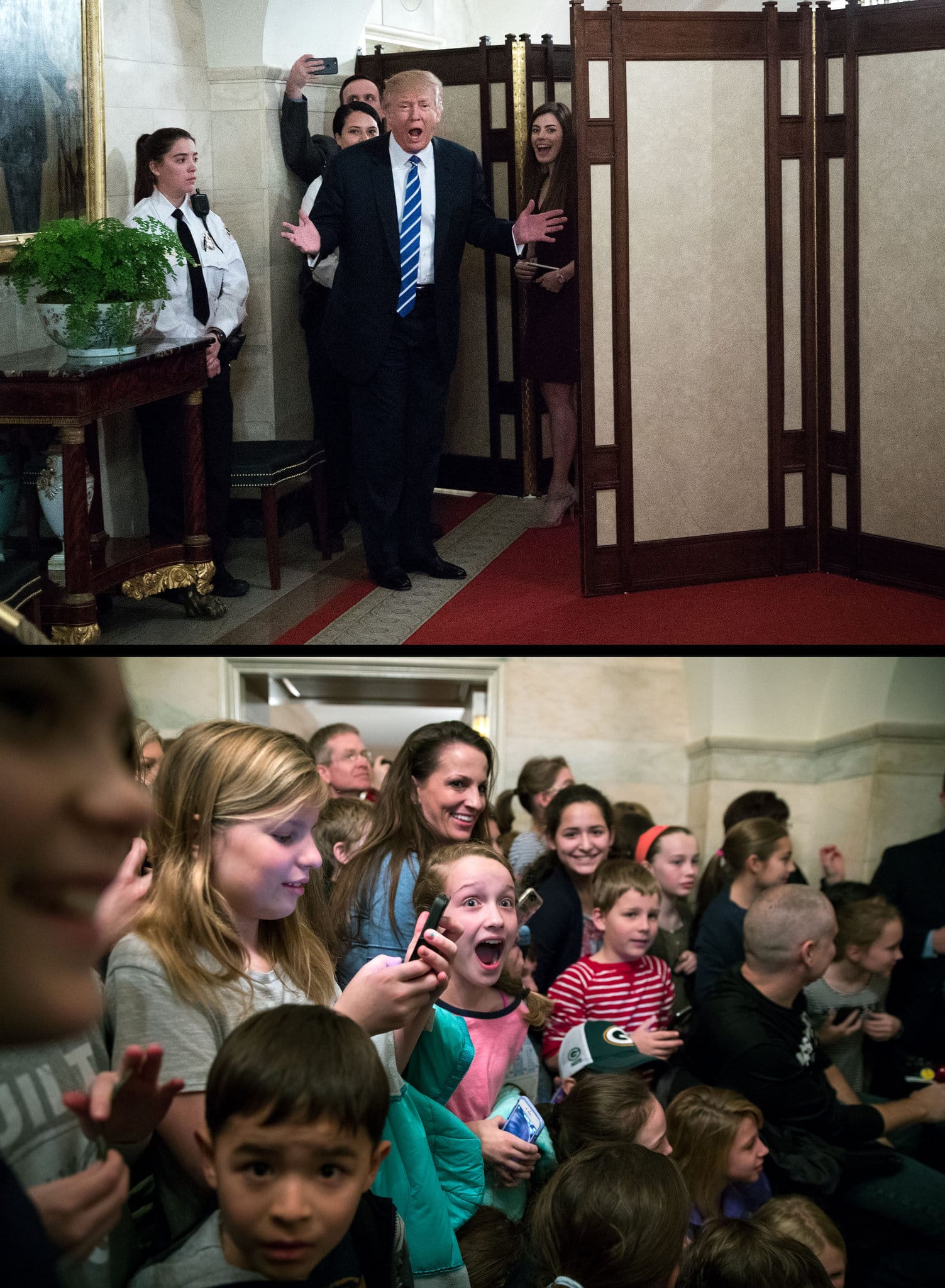The breakfast food landscape in the United States is witnessing an unexpected corporate clash, as Cracker Barrel and Waffle House spar over the soaring costs of eggs. This development, set against the backdrop of record-high egg prices, showcases two starkly different approaches to customer engagement amid a challenging economic environment.
The controversy erupted following Waffle House’s announcement of a 50-cent surcharge per egg on its menu. This decision, which came in response to significant price hikes in egg markets, was notably prompted by factors like the ongoing H5N1 bird flu and its effects on egg production and availability. While Waffle House executives reportedly noted that the surcharge was necessary to maintain the company’s broader menu strategy, the move sparked criticism, including from rival Cracker Barrel.
Cracker Barrel swiftly responded, emphasizing in its public messaging that it would not increase the cost of its egg dishes. In a statement that seemed to directly critique Waffle House’s decision, Cracker Barrel underlined its commitment to ensuring affordability for its customers, describing its approach as one rooted in hospitality and tradition. A spokesperson for the restaurant chain was quoted as saying, “A surcharge on eggs? There’s nothing hospitable about that.”
Rather than raising prices, Cracker Barrel introduced a new promotional campaign, offering double rewards points, or “pegs,” on egg dishes for members of its Cracker Barrel Rewards program from February 6 to February 12. This initiative aims to not only attract new customers but also reward its loyal patron base. The response has left consumers and industry observers speculating about whether the tactic will merely absorb costs or successfully grow Cracker Barrel’s market share.
Waffle House, however, defended its new policy, pointing to the severe challenges posed by the price squeeze on eggs. Egg costs in the U.S. have been climbing steadily, largely due to avian flu outbreaks that significantly reduced laying hen populations. These challenges are exacerbated by increased fuel and feed costs affecting the broader poultry and agriculture industries.
The broader economic dynamics at play are not just confined to the breakfast sector but mirror the realities of food service providers nationwide. To date, higher input costs have forced many restaurants to innovate their menus, re-price dishes, or scale back promotions. Waffle House’s decision to add the surcharge, as explained by company representatives, is a reflection of this broader trend.
By framing the conversation as one that centers on hospitality and tradition, Cracker Barrel appears to be leveraging its branding to appeal to diners, hoping to emphasize its role as a family-centered restaurant with stable pricing. However, only time will tell if these approaches resonate with customers or if Waffle House’s surcharge will spark sustained debate on how the industry considers its pricing strategies during times of crisis.
The egg surcharge dispute touches on deeper questions of how brands maintain customer trust when external factors force price adjustments. Waffle House’s transparency about the reasons for the surcharge reflects one way to navigate the murky waters of crises, while Cracker Barrel bets on the public’s aversion to price increases.
Though seemingly mundane, the breakfast table rivalry between these two iconic chains offers a microcosm of the broader dilemmas faced by businesses amid economic flux. Customers from both sides will ultimately decide the effectiveness of these strategies, underscoring the importance of adaptability within the food and beverage sector.



